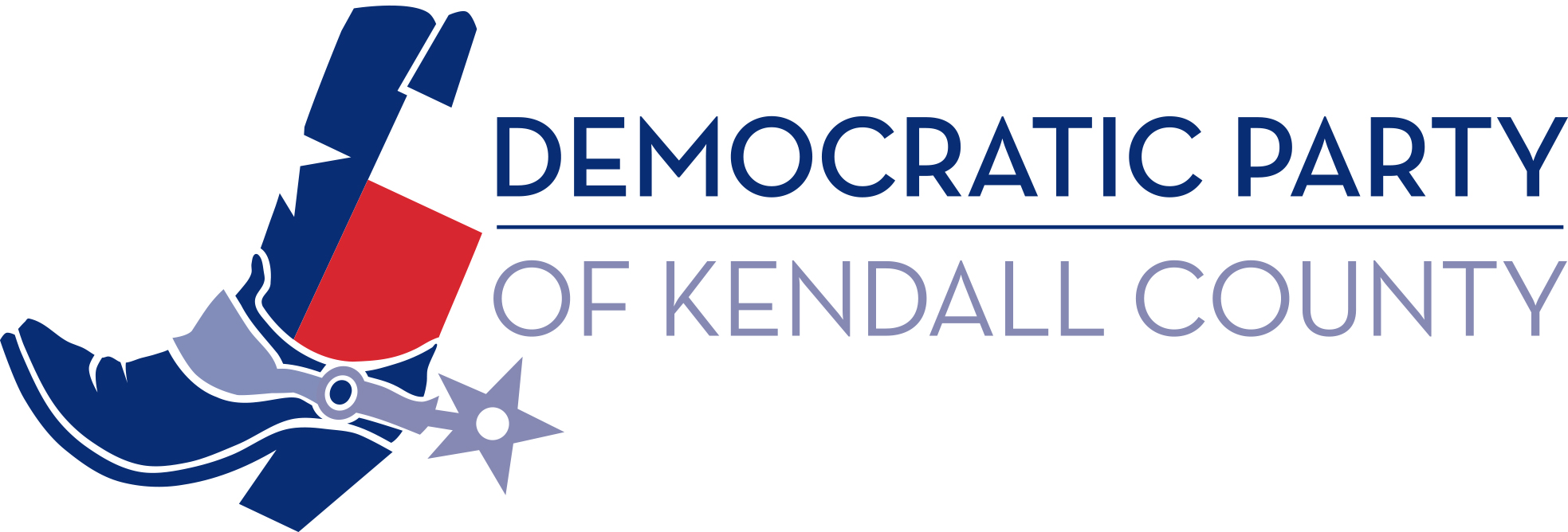By Kevin Henning
For the “Progressive Views” column, Boerne Star, December 2, 2023

I am a hunter. My dad and uncle took me bow hunting when I was 12 and I was hooked. My favorite is hunting elk with a bow. I was lucky and honored to have taken a bull elk last September in the Washakie Wilderness of Wyoming. Camped in tents at 9000’, riding horses and climbing and hiking in the wilderness make it a true adventure. Over the years I have had several close encounters with grizzly bears, seen many wolves and observed ancient Native American sheep traps and petroglyphs. Fees collected from hunting licenses fund operations of Wyoming Fish and Game operations. I also hunt in Texas, mostly dove and quail, but also deer and wild pigs. My personal rule is to only hunt creatures that I will eat. License fees in Texas also fund operations of Texas Parks and Wildlife.
As settlers moved west, wildlife populations were decimated due to market hunting and habitat loss. The bison and beaver are sad examples of the needless destruction of whole species. In the early 1900s less than 50,000 elk, 500,000 deer and almost no ducks remained. Today there are 1.1 million elk, 30 million deer and 34 million ducks thanks to the North American Conservation Model. An Ohio friend told me that in 1950 there wasn’t a single wild turkey in Ohio. In the 1960s a group of turkeys from East Texas were imported and today there are wild turkeys thriving in every county of Ohio.
Organizations like Rocky Mountain Elk Foundation, Ducks Unlimited, Pheasants Forever and many others contribute to adding and maintaining wildlife habitat but the key element was the 1937 Pittman-Robertson Act. Hunters promoted a federal excise tax on sporting arms, ammunition, and archery equipment, dedicated to managing wildlife. So far it has generated more than $14 billion for conservation. $700 million annually is distributed by the U.S. Fish and Wildlife Service to state fish and game agencies across America which are tasked with managing wildlife populations. Hunting is now regulated throughout the nation to ensure we maintain sustainable wildlife populations long into the future. Bag limits are guided by scientific research and market hunting is prohibited. In large part this is due to the cooperation of conservation minded folks from all political persuasions who implement the Conservation Model.
The North American Conservation Model has two basic elements – all fish and wildlife belong to the American people and that they need to be managed so their populations are sustained forever. The concept was championed by Teddy Roosevelt but the democratic process has been a key because hunting and fishing regulations are created through a public process using science as a foundation for decision making. There have been several attempts by Texas commercial interests to destroy public ownership of wildlife but the wisdom of libertarian, progressive and conservative hunters has successfully fought these attempts.
Public approval of hunting, particularly among my fellow progressives, has declined over the past twenty years. This is a result of a general disdain for firearms by some and concern for certain species of animals. I do not admire folks who destroy elephants or large African cats for sport. They are on major declines in large part due to poaching and desperately need habitat protection. Conservatives who are pro-hunting often rail against conservation projects meant to preserve land and habitat. Fortunately, there is a middle ground that understands the effectiveness of the Conservation Model and how hunting provides the funding. As a meat eater, I feel that hunting grounds me in knowing where my food comes from. I deal with it directly which is rewarding. It isn’t from the supermarket, it’s from the farm and in some cases from hunting.
Many organizations, private and governmental, contribute to preserving wildlife habitat. Ducks Unlimited is one of the premier conservation associations and has preserved over 16 million acres of wetlands across North America. As a longtime member of the Rocky Mountain Elk Foundation, I am proud of the 8.6 million acres they have protected or preserved. “Ding” Darling created artwork for the first Federal Duck Stamp in 1934. As a Duck Stamp print collector, I appreciate this excellent program both for the art and what it does for habitat protection. So far these federal revenue stamps have preserved 5 million acres. Pheasants Forever is another success story and has protected and opened to the public 187,000 acres. Yes, hunting promotes conservation.
To learn more, check out the Kendall County Democratic Party website: www.kcdems.us
Kevin Henning is a local Democrat.


